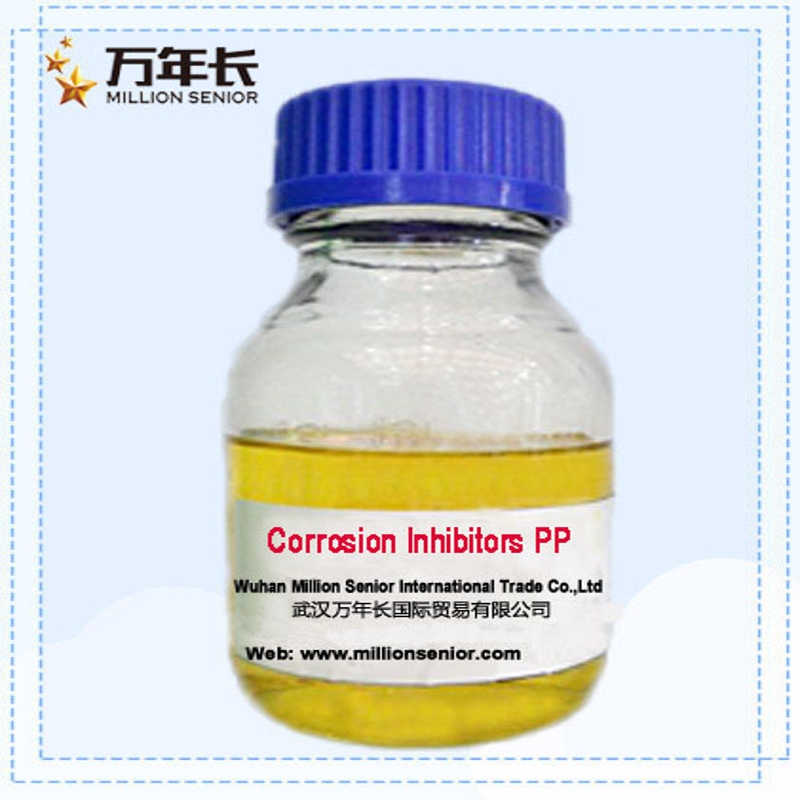-
Categories
-
Pharmaceutical Intermediates
-
Active Pharmaceutical Ingredients
-
Food Additives
- Industrial Coatings
- Agrochemicals
- Dyes and Pigments
- Surfactant
- Flavors and Fragrances
- Chemical Reagents
- Catalyst and Auxiliary
- Natural Products
- Inorganic Chemistry
-
Organic Chemistry
-
Biochemical Engineering
- Analytical Chemistry
-
Cosmetic Ingredient
- Water Treatment Chemical
-
Pharmaceutical Intermediates
Promotion
ECHEMI Mall
Wholesale
Weekly Price
Exhibition
News
-
Trade Service
Turning coal into olefins is not only a frontier hot spot in international research, but also related to national energy security
.
After decades of research by generations of scientists at the Dalian Institute of Chemical Physics of the Chinese Academy of Sciences, the technology of coal-to-olefin has finally left the laboratory and then moved from the factory to the market
.
As an important part of the Chinese Academy of Sciences' science and technology to support the "dual carbon" strategic action plan, this technology has created a strategic emerging industry
.
Olefins are difficult to say, in fact, they are the raw materials of plastic, not far from our lives, it can be seen everywhere, tires, plaques, shoes, clothes, everything where there is plastic, most of them have olefins
.
Olefins are important basic chemical raw materials, and the most important raw material for the synthesis of olefins is petroleum
.
In recent years, the utilization rate of clean energy has been increasing, and coal consumption accounted for 56%
of total primary energy consumption in 2021.
With the improvement of people's awareness of environmental protection, China began to look for efficient, clean and safe ways
to utilize coal resources.
The development of coal chemical technology using coal as raw material to make petroleum products is equivalent to turning coal resources into supplementary raw materials for petrochemical industry, which can replace some crude oil imports, which is of great significance
to national energy security.
"Coal-to-olefin" is a breakthrough in
the efficient use of coal in China.
Coal-to-olefin is divided into "two steps", the first step is to synthesize methanol from coal, and the second step is to produce olefins
from methanol.
There is already a mature industrial technology for the synthesis of methanol from coal, and methanol to olefins is a key core technology to be overcome, and it is also a very challenging topic
worldwide.
In November 2020, the third-generation methanol to olefin technology passed the identification
of scientific and technological achievements.
Under the condition that the size of the reactor is basically unchanged, the third-generation technology has increased the methanol treatment capacity from 1.
8 million tons to 3.
6 million tons per year, which is converted into olefin production, which is from 600,000 tons to 1.
35 million tons per year; The unit consumption of olefin methanol per ton has decreased from 3 tons to 2.
60-2.
70 tons
.
Up to now, DMTO series technology has signed 31 sets of equipment technology implementation license contracts, olefin production capacity of 20.
25 million tons / year (accounting for about 1/3 of the country), is expected to drive investment of more than 400 billion yuan
.
The 16 sets of industrial plants that have been put into operation, the production capacity of olefins (ethylene + propylene) exceeds 9 million tons / year, and the new output value exceeds 90 billion yuan / year
.
The implementation of these projects has opened up a new route for the production of low-carbon olefins from non-petroleum resources, created and led the emerging strategic industry of coal-to-olefins in China, and is of great significance
to promote the clean and efficient use of coal, alleviate the tight oil supply, promote the coordinated development of coal chemical industry and petrochemical industry, ensure China's energy security, and achieve the "dual carbon" strategic goal.







